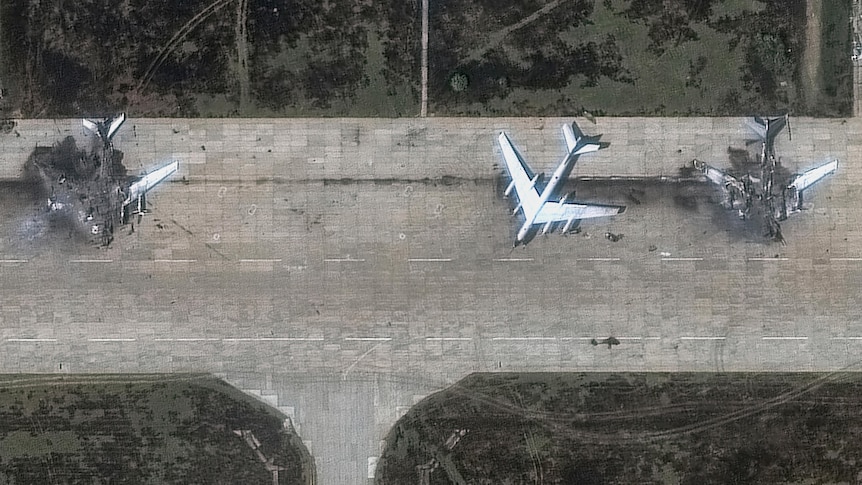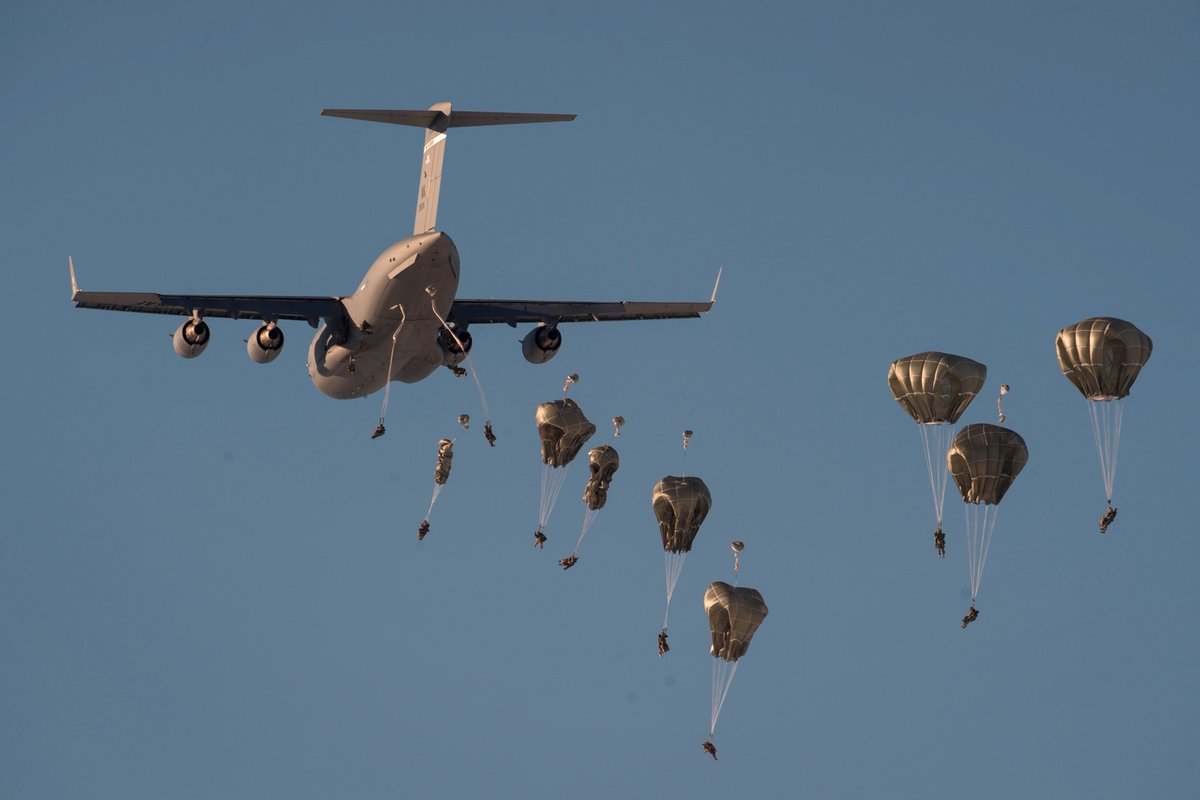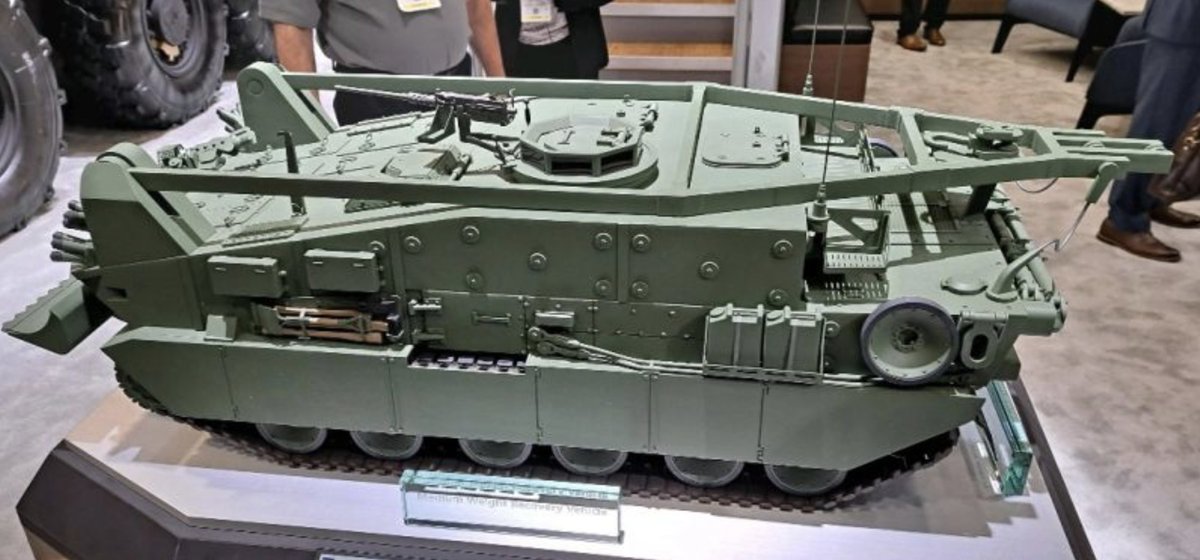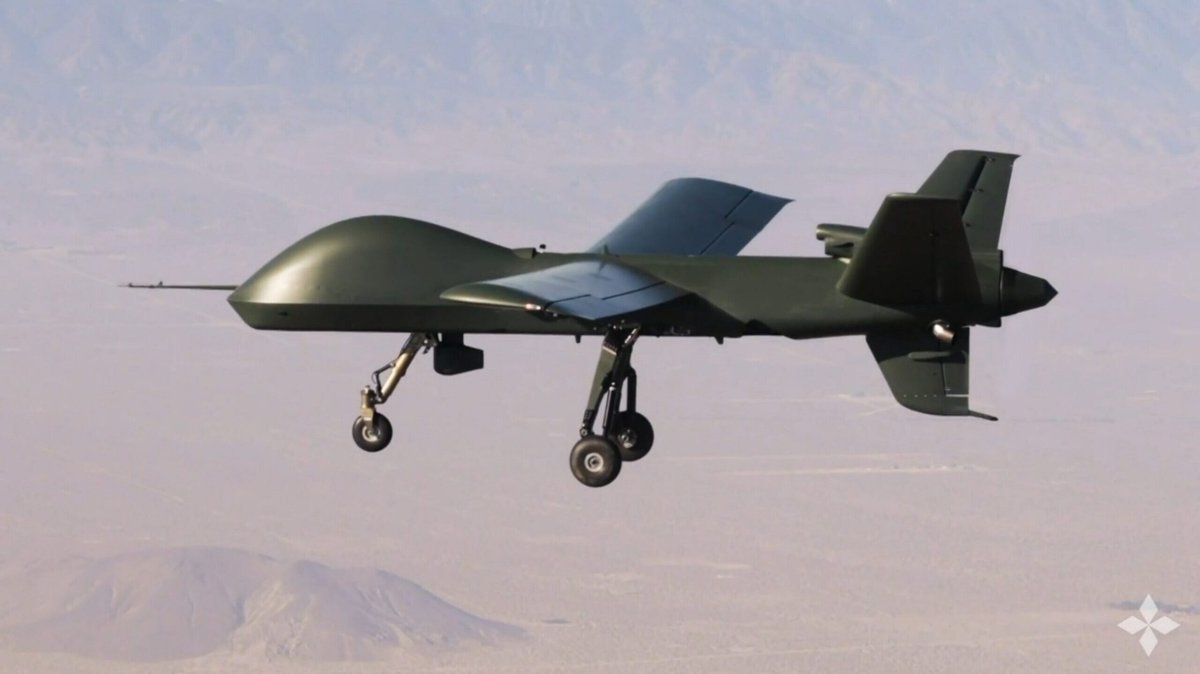@thinkdefence's revised article on MRVP is a timely reminder that the British Army does not have a light (under 15 tonnes) armoured vehicle capable of transporting infantry battalions safely wherever they are needed.
https://twitter.com/thinkdefence/status/1306556328131862528
This discussion is not about high-end combat vehicles like Boxer and Warrior for heavy armour roles. It is a basic requirement for a general purpose armoured minibus - a protected vehicle that transports up to 10 soldiers from A to B. 

Such vehicles do not enter the direct fire zone, but have decent underfloor protection and can resist artillery fragments and at least 7.62 mm bullets. They're easy to operate and support. They are a recognition that unprotected Land-Rovers and trucks are no longer acceptable. 

There are quite a few options available now. Most cost around £1 million each. Regardless of any Integrated Review outcome this type of platform is needed across a multitude of roles and deployment scenarios. 

• • •
Missing some Tweet in this thread? You can try to
force a refresh





















